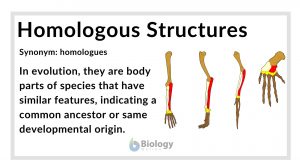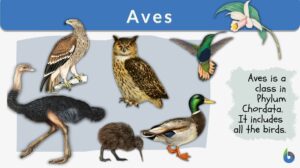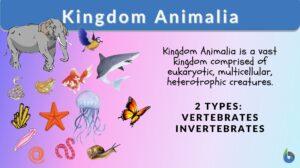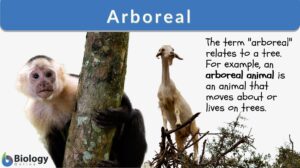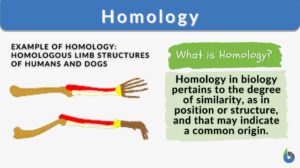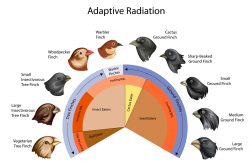Search Results for: limbs
Homologous structures
Homologous Structures Definition What are homologous structures? In biology, homologous structures are physical features... Read More
Skeletal system
What is the Skeletal System? How to define a skeleton? The skeletal system is the main framework that gives your body its... Read More
Pelvic girdle
pelvic girdle The bony ring formed by the hip bones and the sacrum, to which the lower limbs are attached. Synonym: cingulum... Read More
Kingdom Animalia
Kingdom Animalia Definition Each person can say that they know of or can name at least one animal. However, do people know... Read More
Arthropods
There are over two million species of arthropods, who initially arrived on Earth in the middle of the Cambrian period.... Read More
Lymph nodes
Lymph nodes definition Lymph nodes are small, bean-shaped organs located in different parts of the body and act as... Read More
Locomotion
Definition noun The ability of cells or organisms to move and propel itself from place to place Supplement Locomotion in... Read More
Adaptive Radiation
Reviewed by: Mary Anne Clark, Ph.D. When Charles Darwin was in the Galapagos Islands, one of the first things he... Read More
Regeneration in humans – Finding the gene switch
Regeneration in humans is much more limited compared in other animals. Say for instance when one lost a limb, much as well... Read More
Homo sapiens sapiens
Homo sapiens What are homo sapiens? Homo sapiens is the species of all the highly developed primates on earth, a category... Read More
Woolly cheetah
Woolly cheetahs were reported in the 19th century as a separate species of cheetah that had longer, denser fur. Several... Read More
Oligohydramnios
Definition noun A condition characterized by a deficiency of amniotic fluid Supplement The amniotic fluid is the fluid that... Read More
Arthropodology
Definition noun A biological discipline that studies arthropods Supplement Arthropodology is a biological discipline that... Read More
Chelicerate
Definition noun, plural: chelicerates Any of the species belonging to the subphylum Chelicerata Supplement The chelicerates... Read More
Arachnology
Definition noun A biological discipline that studies arachnids Supplement Arachnology is a biological discipline that deals... Read More
Overview of Chirology
Psychodiagnostic Chirology (PDC) is a comprehensive diagnostic discipline applied by professional behavioral specialists in... Read More
Carcinology
Definition noun A biological discipline that studies crustaceans Supplement Carcinology is a branch of zoology that deals... Read More
Spinal nerve
Definition noun, plural: spinal nerves Any of the pairs of nerves emerging from the spinal cord, where each pair is attached... Read More
Animal Water Regulation
Homeostatic control, a set environment, and how evolution and natural selection drives a species to adapt to its environment... Read More
Arboreal locomotion
Definition noun A form of locomotion of animals that live in and move through trees Supplement Locomotion pertains to the... Read More
Amphibians & Early Reptiles
Amphibia Definition (Science: zoology) Amphibia is one of the classes of vertebrates. The amphibia are distinguished by... Read More
Growth and Development of a Human Baby
Continued from the initial human reproduction of the previous page in this tutorial. Upon arrival in the uterus, the... Read More
The interstitium – a new biological organ?
Scientists found, apparently by accident, a new biological organ and they want it called "interstitium". The discovery was... Read More
Brown bear
Brown Bear Definition The brown bear (Ursus arctos) is a large bear species. In North America, brown bears are often... Read More
giant panda
Giant Panda Definition The giant panda (Ailuropoda melanoleuca) is a bear species that has a round head, a stocky body with... Read More
Sagittal plane
The sagittal plane is the plane that allows us to see the world in bilateral symmetry. Whether reaching for a high shelf,... Read More
